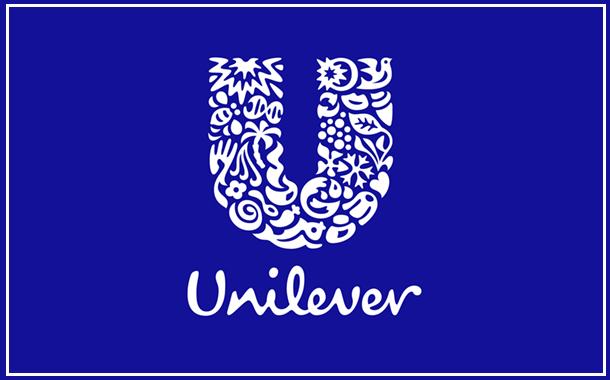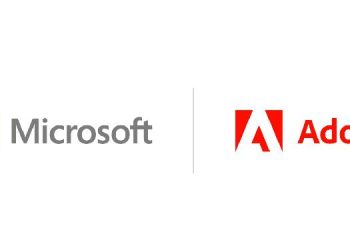Mumbai: The Global FMCG giant Unilever has allocated about US$300 million of the productions savings in 2017 to media and in-store marketing. This comes after it saved approximately US$700 million from production costs in 2017, by producing fewer ads and relegating more work in-house.
According to AdAge, This move mainly affected work done or overseen by agencies and its all-in reported marketing spending for 2017 is estimated to be approximately US$9 billion.
According to Chief Financial Officer Graeme Pitkethly on a recent webcast, Unilever’s online sales “nearly doubled” in 2017 to about US$2.5 billion. This meant that all of its sales growth last year came from e-commerce, from players such as Alibaba and Amazon, as well as its own subscription businesses.
Unilever witnessed a 1.9% increase in revenue for the 2017 financial year, from €52,713 million in 2016 to €53,715 million in 2017. Its operating profit jumped from €7,801 million in 2016 to €8,857 million last year.
CEO Paul Polman said during the recent financial webcast that 2017 has been a year of major change for the company with the acceleration of the “Connected 4 Growth” programme which was launched in 2016. Unilever is seeing the quality and speed of innovation further improve with the implementation of a more agile, consumer-facing organisation.
Unilever has also stepped up the delivery from its savings programmes, including zero-based budgeting which was announced last April, and expanded its portfolio in 2017 with 11 acquisitions. Among the list of acquisitions last year was South Korean cosmetics company Carver Korea, which Unilever acquired for US$2.7 billion
Polman said that these moves are making Unilever increasingly competitive in light of fast-changing consumer and technology trends. Its priorities in 2018 are to grow volumes ahead of its markets, maintain strong delivery from its savings programmes, as well as complete the integration of its foods and refreshment sector.
“We expect this will translate into another year of underlying sales growth in the 3% to 5% range, and an improvement in underlying operating margin and cash flow, that keeps us on track for the 2020 targets,” he added.

















